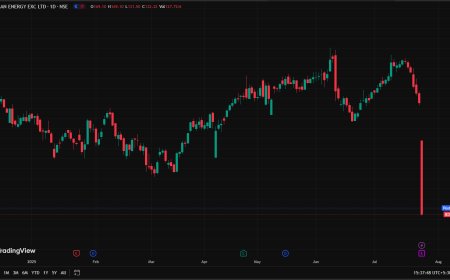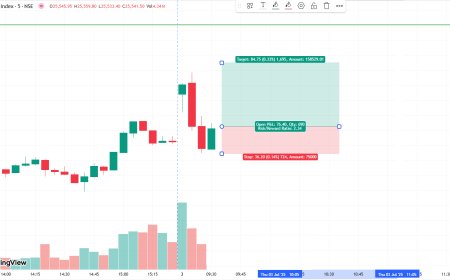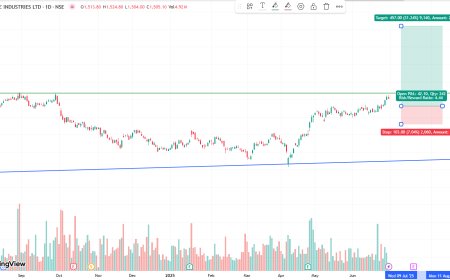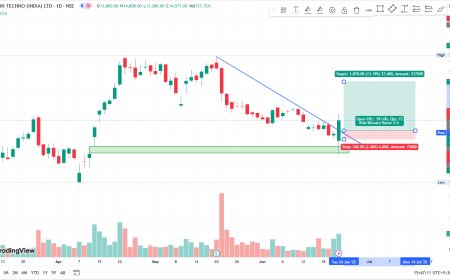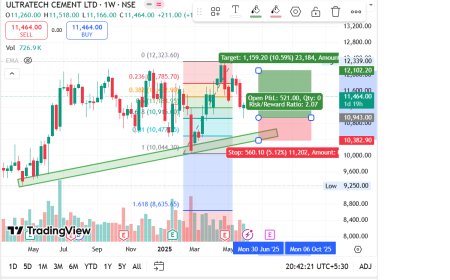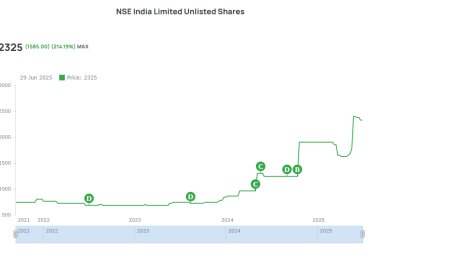While PVR Inox struggles, small-town cinemas are drawing crowds. Here’s why
As PVR and Inox face challenges in urban markets, small-town cinemas in India see rising footfalls. Explore key drivers like affordability, localized content, and investor outlook.
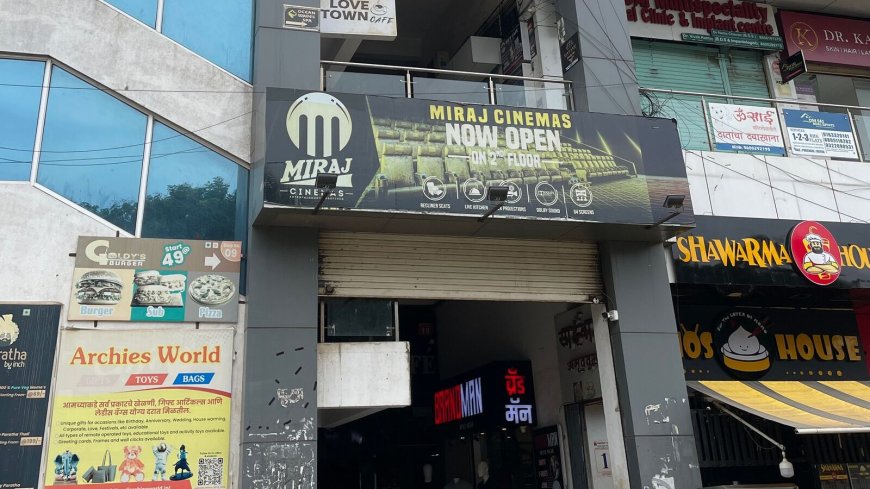
While PVR Inox Struggles, Small-Town Cinemas Are Drawing Crowds. Here’s Why
Introduction
India’s multiplex giants, PVR and Inox, have long dominated the cinematic landscape with their sprawling multiplexes across metropolitan and tier-1 cities. However, recent industry trends indicate a troubling slowdown for these big players, while surprisingly, small-town single-screen cinemas and smaller multiplex chains in tier-2 and tier-3 cities are witnessing growing footfalls and revenues. This evolving dynamic raises questions about shifting consumer preferences, economic factors, and strategic market positioning within India’s film exhibition sector.
The Multiplex Giants: Challenges Amidst Changing Dynamics
PVR and Inox, the market leaders in India’s organized multiplex sector, have faced multiple headwinds over the past year. Despite a post-pandemic revival, their growth trajectories have flattened due to rising operational costs, stiff competition from OTT platforms, and subdued urban footfalls.
“Urban multiplexes are witnessing a saturation effect,” notes Raghav Malhotra, an industry analyst with CRISIL Ratings. “With increasing ticket prices, customers are becoming more selective, especially when streaming services offer cheaper and more convenient alternatives.”
The urban audience’s discretionary spending is also influenced by inflationary pressures and the residual effects of the COVID-19 pandemic. This has resulted in consumers opting for fewer outings, directly impacting high-cost multiplex chains.
Small-Town Cinemas: The Unexpected Revival
In contrast, smaller cinemas in tier-2 and tier-3 towns are attracting more audiences, driven by a combination of affordability, localized content, and growing consumer enthusiasm for the theatrical experience.
According to a recent FICCI-EY report on Indian entertainment and media, cinema exhibition in non-metro markets is projected to grow at a CAGR of 15-18% over the next five years, outpacing the 7-10% growth expected in metros.
“The resurgence of small-town cinemas is largely due to their ability to cater to vernacular content and provide affordable pricing,” explains Meera Singh, Senior Director at EY India. “These cinemas tap into regional languages and culturally relevant films, which big multiplex chains often overlook.”
Additionally, small-town theaters have begun to upgrade facilities moderately, introducing better sound systems and seating while keeping ticket prices within reach of middle-income consumers.
Affordability and Content Localization: The Core Drivers
In smaller towns, the average ticket price at single-screen theaters ranges between ₹80-₹150, significantly lower than the ₹250-₹500 ticket prices at urban multiplexes. This affordability encourages more frequent visits by families and youth groups.
Moreover, regional cinema industries such as Bhojpuri, Marathi, Tamil, Telugu, Kannada, and Punjabi have witnessed significant growth. These films often enjoy enthusiastic audiences in their respective regions, unlike Hindi or English films which dominate metro multiplex screens.
“Localized content is the key differentiator. Cinema operators in smaller towns are quick to adapt their programming based on local demand,” says Rajesh Kulkarni, CEO of a regional cinema chain in Maharashtra.
The Digital Factor: OTT Complementing Cinema Viewing
While OTT platforms have been cited as a major challenge for multiplex chains, they appear to be playing a complementary role in smaller markets. Many moviegoers in small towns watch trailers, reviews, and promotions online before choosing to watch films in theaters.
“OTT platforms have expanded film awareness but haven’t fully cannibalized theater attendance in smaller towns,” says Malhotra. “The cinema experience remains a major social outing, especially where alternative entertainment options are limited.”
Investor Outlook and Market Context
The divergence in fortunes between large multiplex chains and small-town cinemas presents a mixed outlook for investors.
For PVR and Inox, the focus will likely shift to optimizing operational costs, enhancing customer experience, and diversifying revenue streams such as food and beverages and alternative content like live events. Their ability to innovate and tap into emerging market segments will be critical.
On the other hand, small cinema operators are attracting investor interest due to their growth potential. Regional players are increasingly receiving private equity and venture capital funding aimed at modernizing facilities and expanding footprint.
“Investment in tier-2 and tier-3 cinema infrastructure is expected to increase as these markets promise higher volume growth,” notes Meera Singh. “However, scalability and quality control remain challenges.”
Future Trends: Consolidation and Hybrid Models
Industry experts foresee consolidation among smaller cinema chains to create regional powerhouses capable of competing with multiplex brands. There is also potential for hybrid exhibition models combining affordable pricing with selective premium offerings.
Technological upgrades like digital projection, better seating, and hygiene measures will remain priorities to attract repeat customers.
While the multiplex giants grapple with urban market saturation, escalating costs, and OTT competition, small-town cinemas are capitalizing on affordability, localized content, and growing consumer appetite for the theatrical experience. This shift underscores the importance of tailored strategies to different market segments in India’s vast and diverse cinema landscape.
For investors and stakeholders, the future lies in recognizing these nuanced dynamics and balancing growth across metro and non-metro markets. The silver screen is far from dimming—it is simply being redefined.
What's Your Reaction?
 Like
0
Like
0
 Dislike
0
Dislike
0
 Love
0
Love
0
 Funny
0
Funny
0
 Angry
0
Angry
0
 Sad
0
Sad
0
 Wow
0
Wow
0





































